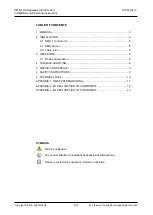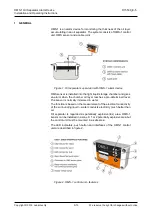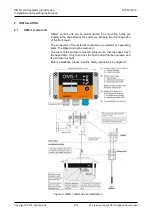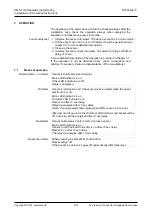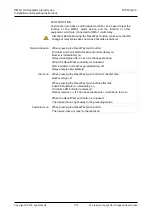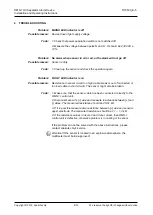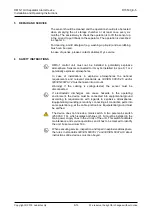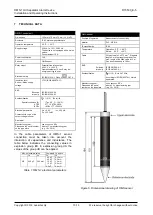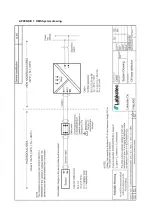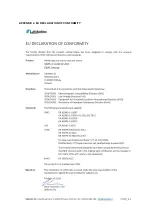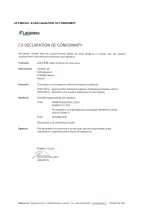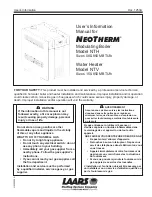
OMS-1 Oil Separator Alarm Device
D15530_E-5
Installation and Operating Instructions
Copyright © 2019 Labkotec Oy
6/13
We reserve the right for changes without notice
3
OPERATION
The operation of the alarm device should be checked always after the
installation. Also check the operation always when emptying the
separator or at least once every six months.
Functionality test
1. Immerse the sensor into water. The device should be in normal mode.
2. Lift the sensor up in air or oil. An Oil alarm should be generated (see
chapter 3.1 for more detailed description).
3
.
Clean up the sensor.
4. Immerse the sensor back into water. The alarm should go off after a
delay of 10 sec.
A more detailed description of the operation is provided in chapter 3.1.
If the operation is not as described here, check connections and
cabling. If necessary
contact a representative of the manufacturer.
3.1
Modes of operation
Normal mode
– no alarms
Sensor is totally immersed in water.
Mains LED indicator is on.
Other LED indicators are off.
Relay is energized.
Oil alarm
Sensor is immersed in oil. (the sensor gives an alarm when the upper
electrode is in oil).
Mains LED indicator is on.
Oil Alarm LED indicator is on.
Buzzer on after 10 sec delay.
Relay de-energize after 10 sec delay.
(Note. The same alarm takes place when OMS sensor is in the air.)
After removal of an alarm, the Oil Alarm LED indicator and buzzer will be
off, and relay will be energized after 10 sec delay.
Fault alarm
Sensor cable break, short circuit or a broken sensor.
Mains LED indicator is on.
Sensor circuit Fault LED indicator is on after 10 sec delay.
Buzzer is on after 10 sec delay.
The relay de-energize after 10 sec delay.
Reset of an alarm
When pressing the Reset/Test push button.
Buzzer will go off.
If the buzzer is not reset, it goes off automatically after three days.


